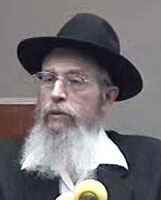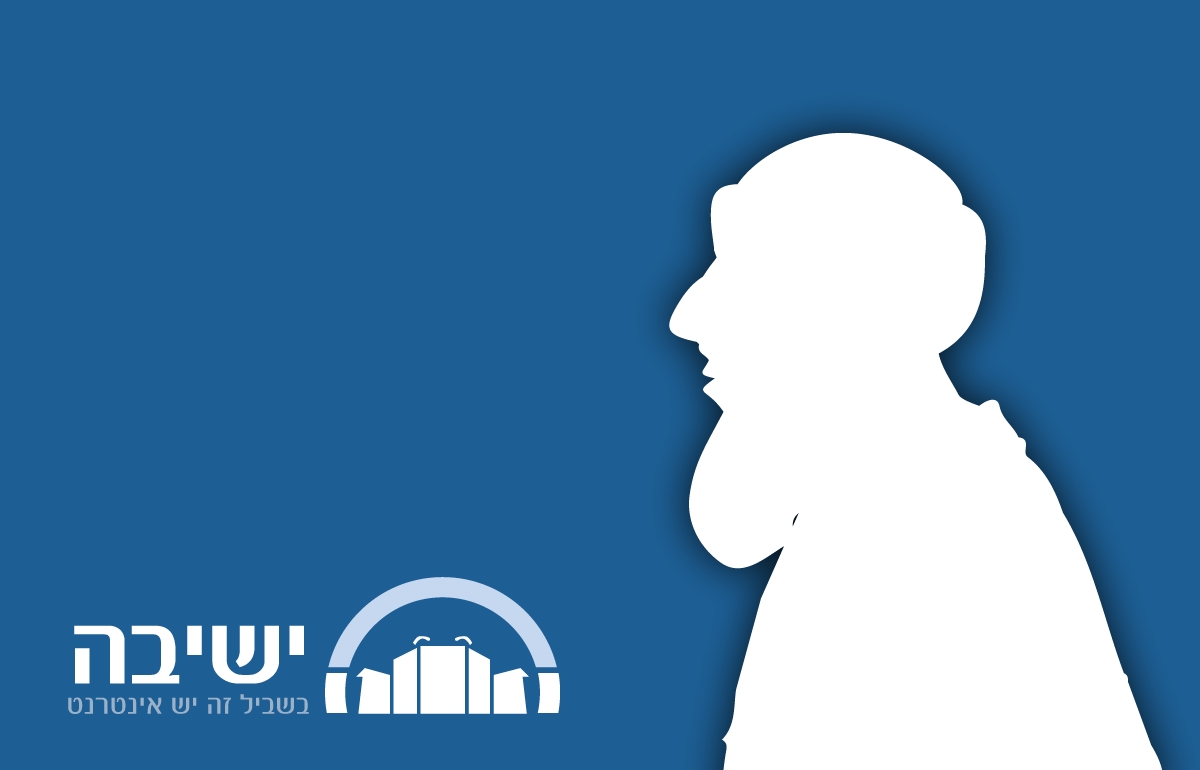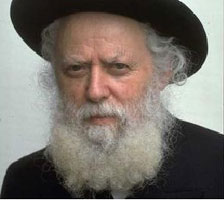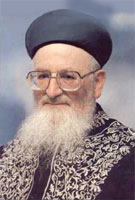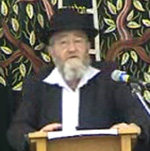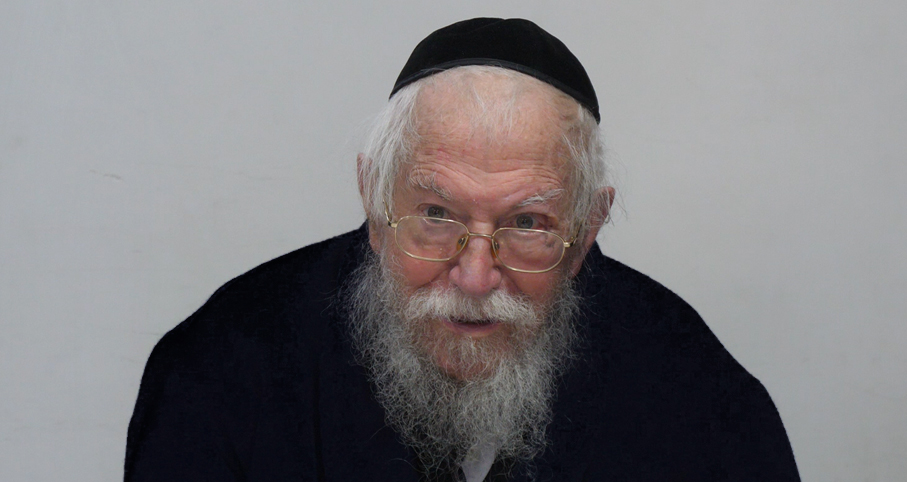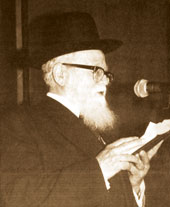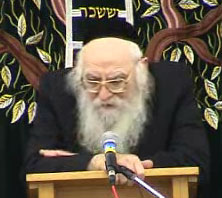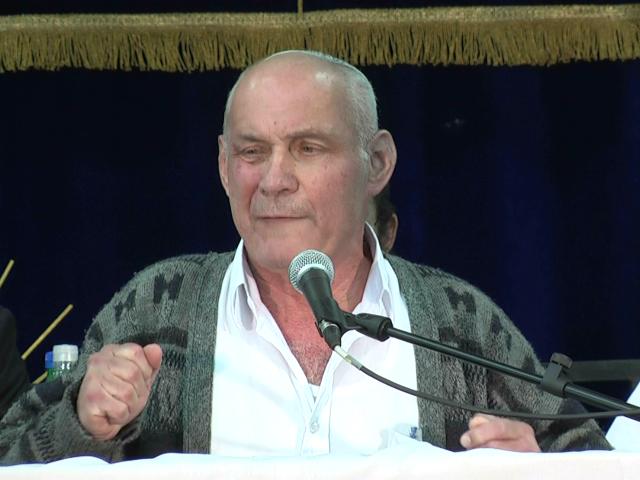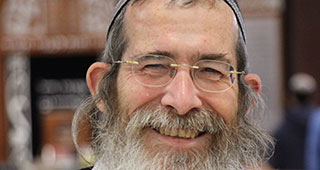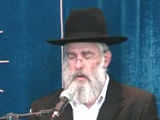Beit Midrash
- Torah Portion and Tanach
- Vayikra
- Emor
The Torah study is dedicatedin the memory of
Amram son of Sultana
The festival chapter is immediately preceded by a section dealing with the slaughter of animals (Vayikra 22:25-33). On those days that the chapter is read on the festivals, the reading begins with these verses. According to the Netziv, that reading is based on a tradition going back to Mosheh at Sinai. Why are the two passages juxtaposed? And why are the two sections read together on the holidays?
A newborn animal must remain with its mother for at least seven days before it may be offered as a sacrifice. Slaughtering the mother animal and its offspring on the same day is forbidden. At first glance, these laws show mercy towards animals, but if the Torah is concerned about animal welfare, the slaughtering of animals should be entirely forbidden. As we find throughout the Torah, man was given the mitzvot in order to develop his character. The object of these laws is explicitly stated at the end of the section (verse 32): kedushah, holiness, the goal of perfection of humanity.
The omer offering consists of barley which is animal feed; bread is human food. Both are the produce of Eretz Yisrael. This pageant, played out in the Mikdash, the focus of Eretz Yisrael, symbolizes spiritual growth, fulfillment of ourselves, Am Yisrael and the world.
--------------------------
This is a weekly column contributed by Aloh Naaleh an organization devoted to motivating Jews to make Aliya.
Aloh Na'aleh
POB 4337, Jerusalem 91042
Tel: 972-2-566-1181 ext. 320 ~ Fax: 972-2-566-1186
Email: [email protected]

Days of Re-establishment – How We Come Before Him in Praise – part I
Rabbi Yossef Carmel | 4 Iyar 5784

The Laws of Tumat Met
Rabbi Yirmiyohu Kaganoff | Wednesday, 26 Cheshvan 5768
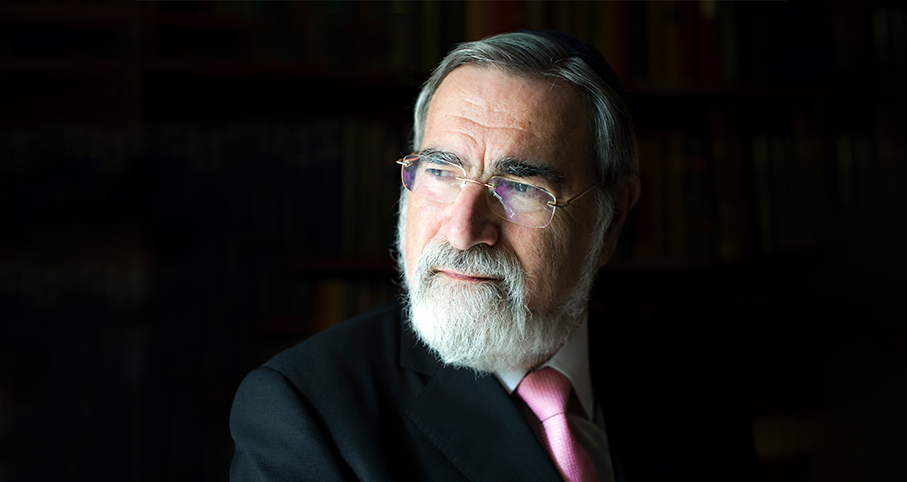
Sanctifying the Name
Rabbi Jonathan Sacks | Iyar 4 5782
